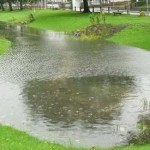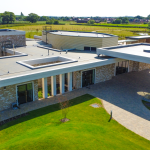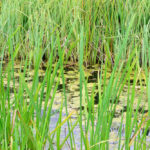News - Construction News
The added landscape and wellbeing value of SuDS
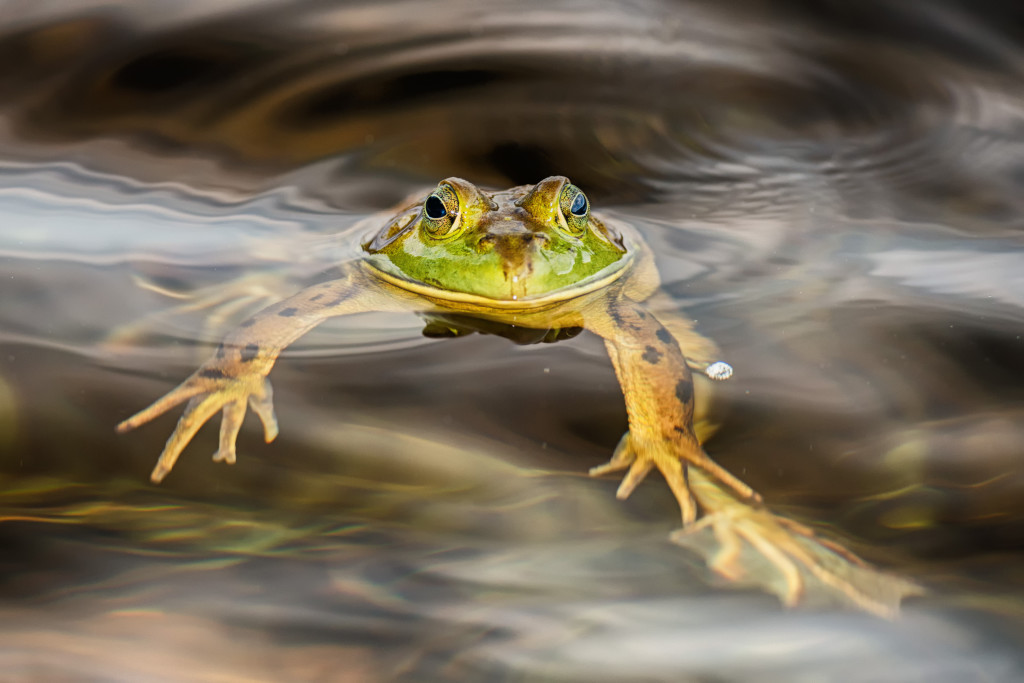

Official Media Partner
Traditionally, Sustainable Drainage Systems (SuDS) have been and remain drainage solutions. They provide rainfall and runoff, source control and storage facilities to control and mitigate normal and peak flows depending on the situation. They are essentially rainfall event controllers. In this article, we speak with Dr Phil Aldous, Director of Water at Thomson Ecology.
However, with advances in SuDS design and options, maturity in the SuDS implementation marketplace and more rigorous requirements and scrutiny at the planning approval stage, the wider landscape and wellbeing values of SuDS are becoming increasingly important in ensuring that developments receive approval from both planners and the wider community.
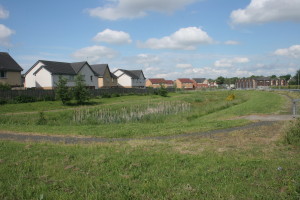
It has long been recognised that SuDS ponds can, at their best, support rich wildlife communities. But they are largely dominated by common species, and therefore do not fulfil their full ecological potential. There are many simple design features which could easily be added to new SuDS schemes, or be retro-fitted into existing schemes, to improve their ecological value without compromising their function. Examples of simple and effective measures would include: creating SuDs ponds near to, but not as a replacement for, existing natural ponds. Plants and animals will colonise these new ponds and potentially recolonise after a pollution event; create riffle and pool structures along channels to provide a variety of water depths and check planting schemes after one or two years to ensure that the scheme is performing as expected. Small changes and alterations like this are well worthwhile. Build and walk away is not an option if benefits are to be maximised.
One of the key risks associated with this type of habitat enhancement is the number of non-native plant species that may be either directly or indirectly introduced into SuDS sites. This may include failure to meet specifications for providing native species of local provenance, or the accidental introduction of invasive aliens via seeds in contaminated soil from other bought-in plants, such as the introduction of the highly invasive New Zealand swamp stonecrop (Crassula helmsii).
But ecology is only part of the landscape and wellbeing story – whether a swale, pond or green roof. To really contribute to wellness and wellbeing, SuDS need to be an integral part of the main design, not an outside building design extra. Sustainable drainage systems must integrate with the overall design and be firmly embedded into the overall landscape design of the project – walkways, cycle routes, sitting and exercise areas.
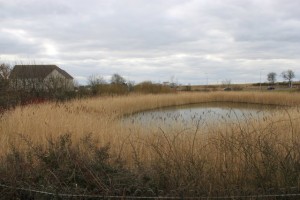
We can see how good landscape design can enhance wellbeing if we look at the creation of the original garden cities like Letchworth. These cities were designed with large green spaces interlinking urban residences and work locations together with domestic retail. Garden cities followed what could be called the first green revolution, following the trail blazed by famous green architect Le Corbusier. We can measure the impact that these green spaces have on local populations by conducting Health Impact Assessments (HIAs). These assess the positive outcomes for health using specific indices which are broadly classified as:
- Opportunity and encouragement of physical activity (running, walking, and cycling)
- Improving air quality in and around developments (combustion engines are kept away, plants absorb contaminants, and water features produce air movement through differential warming and cooling)
- The tranquillity and relaxation created by the space e.g reduction in stress and improvement in mental wellbeing
In recent years the health and wellbeing associated with open spaces has slipped down the priority list. Green spaces in our urban neighbourhoods have all too frequently been perceived as a liability due to the net cost in terms of management and maintenance. Because of the planning drive for SuDS, we now have a great opportunity to realise their full potential not only for sustainable drainage, but as ecological havens, and in the creation of wellbeing landscapes. For widespread gain of these benefits, it is essential that we break the management and maintenance funding barrier that has existed for many years. SuDS are different site by site, scheme by scheme with different levels and degrees of integration. What we do know is that these schemes need maintenance to function in the longer term and they need other forms of maintenance to maintain landscape and wellbeing value as well. If we don’t maintain the value of creation then over the longer term it will be lost and we will have failed the next generation.
If you would like to read more articles like this then please click here.
Related Articles
More News
- Building the next generation
17 Jul 25
We are facing a skills crossroads in our industry, says Richard Martin, Managing Director, Churngold
- Plan to kickstart onshore wind revolution
17 Jul 25
Onshore wind is set to accelerate over the second half of the decade.
- Homes England supports Greencore Homes with new sustainable homes
16 Jul 25
Homes England will provide funding to support the delivery of Milton Heights.


